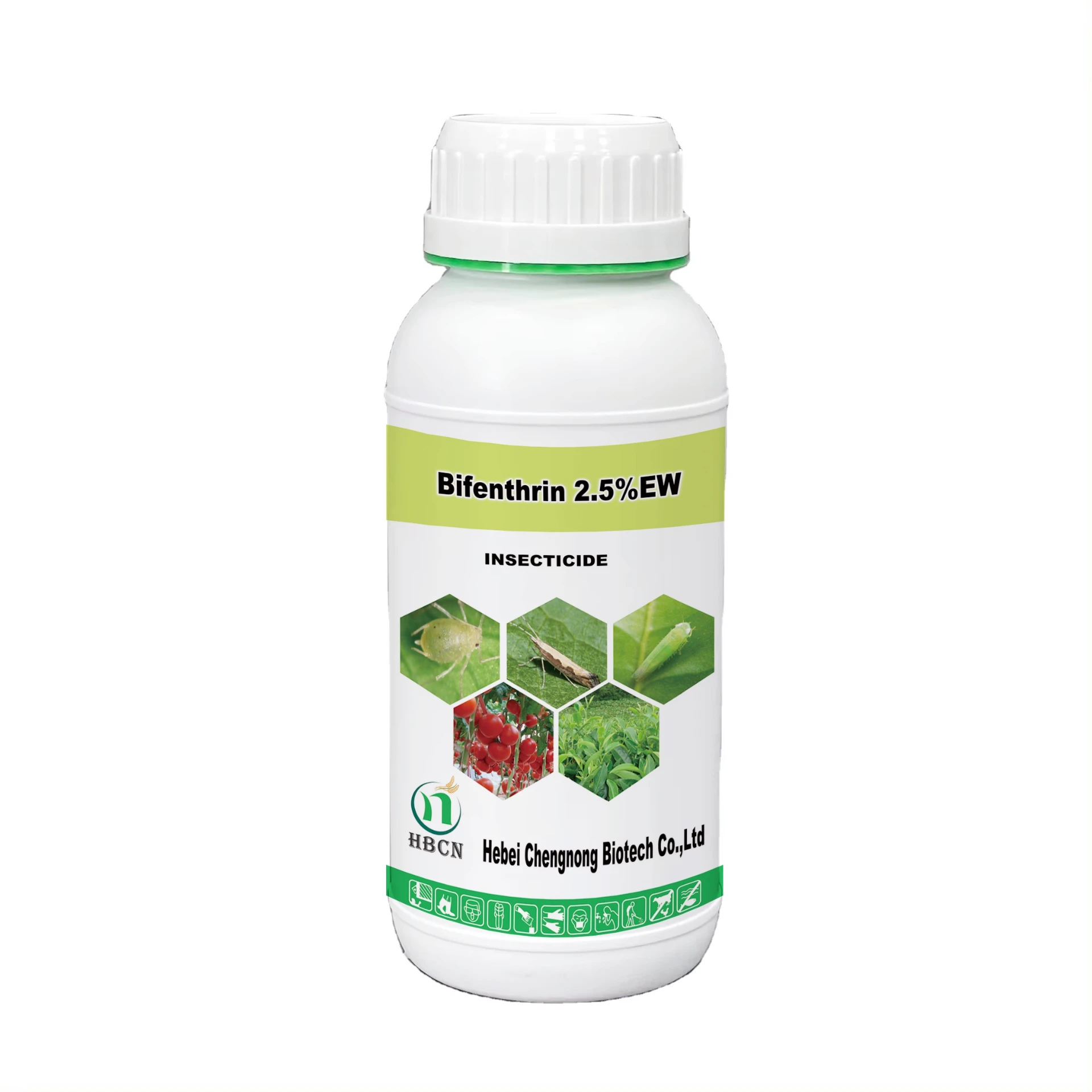
Déc . 13, 2024 01:55 Back to list
Top Fungicides Containing Azoxystrobin for Effective Disease Control in Plants
The Best Fungicide with Azoxystrobin An Essential Tool for Effective Disease Management
When it comes to agriculture and horticulture, effective disease management is crucial for ensuring healthy and productive crops. Fungal diseases can devastate plants, leading to reduced yields and the loss of valuable resources. Among the numerous fungicidal options available, azoxystrobin stands out as one of the most effective and widely-used solutions. This article explores the benefits of fungicides containing azoxystrobin, examining their mechanisms of action, applications, and advantages in modern agriculture.
Understanding Azoxystrobin
Azoxystrobin is a broad-spectrum fungicide belonging to the strobilurin class of chemicals. It works by inhibiting mitochondrial respiration in fungal cells, which effectively halts their growth and reproduction. By interfering with the energy production process, azoxystrobin prevents fungi from spreading and allows for the healthy development of treated plants. Since its introduction in the late 1990s, azoxystrobin has gained popularity for its efficacy against a variety of fungal pathogens, including those responsible for diseases like powdery mildew, leaf spot, and rust.
Key Benefits of Azoxystrobin
1. Broad Spectrum of Activity One of the main advantages of azoxystrobin is its broad spectrum of activity. It is effective against various fungal pathogens, making it a versatile choice for growers dealing with multiple disease threats. Whether it's crops in the field or ornamentals in the garden, azoxystrobin is capable of providing robust protection.
2. Systemic Movement Azoxystrobin is a locally systemic fungicide, meaning it can move within the plant tissue after application. This property ensures that even parts of the plant that are not directly sprayed can benefit from disease protection. This systemic capability enhances its effectiveness, providing comprehensive coverage against fungal diseases.
3. Long Residual Activity Another significant benefit of azoxystrobin is its long residual activity. This means that once applied, it can provide extended protection from fungal diseases, reducing the need for frequent applications. This not only saves time and labor for farmers but also helps in lowering the overall cost of disease management.
best fungicide with azoxystrobin

4. Resistance Management Azoxystrobin is often used as part of an integrated pest management (IPM) strategy. Mixing or rotating it with fungicides from different classes can help manage the risk of resistance development in fungal populations. This practice is essential for maintaining the efficacy of fungicides and ensuring sustainable agricultural practices.
5. Safety Profile Fungicides containing azoxystrobin typically have a favorable safety profile for humans and non-target organisms, making them a more environmentally friendly choice. When used according to label instructions, azoxystrobin poses minimal risks, contributing to sustainable agricultural practices.
Applications of Azoxystrobin
Azoxystrobin is used across various sectors of agriculture. In cereal crops, it effectively controls diseases such as wheat and barley head blights. In fruit production, it is used to manage diseases in apples, grapes, and strawberries, among others. Vegetable growers also benefit from its use in protecting crops like tomatoes and peppers from fungal infections.
In addition to agricultural applications, azoxystrobin is increasingly used in nursery and landscape settings to protect ornamental plants. Its effectiveness against common ornamental pathogens makes it a valuable tool for landscapers and gardeners seeking to maintain plant health.
Conclusion
In summary, the best fungicide with azoxystrobin is a powerful ally for growers looking to manage fungal diseases effectively. Its broad-spectrum capabilities, systemic movement, long residual activity, and favorable safety profile make it an excellent choice for various crops and settings. By integrating azoxystrobin into their disease management strategies, farmers and horticulturists can significantly improve plant health and productivity, ensuring the sustainability of their operations in the face of growing challenges in plant health management. As the industry continues to evolve, azoxystrobin's role will remain pivotal in the fight against fungal diseases, helping to secure yields and enhance food production worldwide.
-
Azoxystrobin: Broad-Spectrum Fungicide Solutions
NewsAug.11,2025
-
Best EPA Boscalid: Superior Crop Fungicide for Max Yields
NewsAug.11,2025
-
Best Willowood Imidacloprid: Superior Pest Control Solutions
NewsAug.10,2025
-
Best EPA Boscalid Fungicide: Ultimate Crop Protection
NewsAug.09,2025
-
Cyprodinil Fungicide: Broad-Spectrum Crop Protection
NewsAug.08,2025
-
Tembotrione Herbicide: Advanced 8% OD for Broad Spectrum
NewsAug.07,2025
